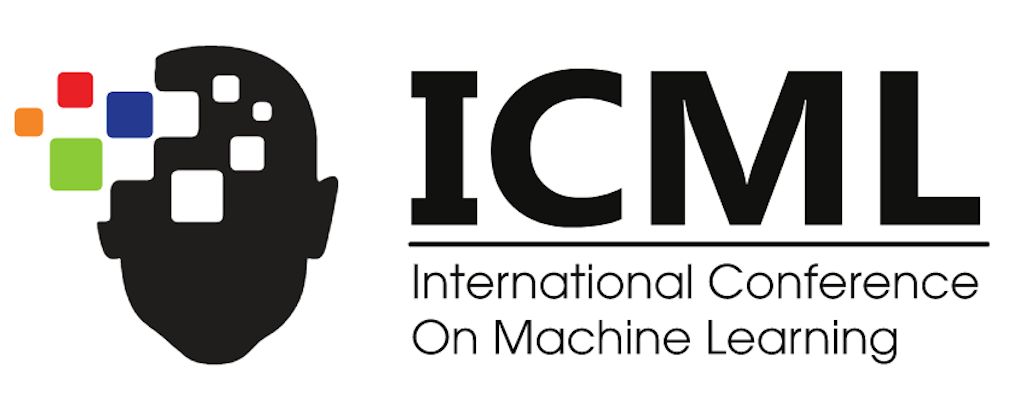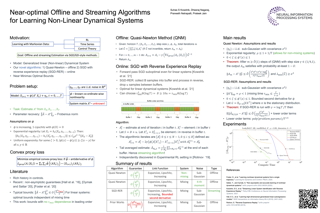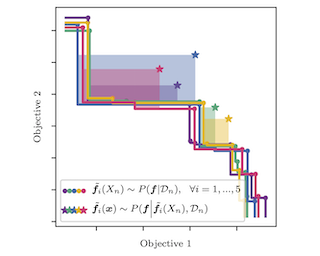Abstract:
The method of random projection (RP) is the standard technique for dimensionality reduction, approximate near neighbor search, compressed sensing, etc., which provides a simple and effective scheme for approximating pairwise inner products and Euclidean distances in massive data. Closely related to RP, the method of random Fourier features (RFF) has also become popular for approximating the (nonlinear) Gaussian kernel. RFF applies a specific nonlinear transformation on the projected data from RP. In practice, using the Gaussian kernel often leads to better performance than the linear kernel (inner product).
After random projections, quantization is an important step for efficient data storage, computation and transmission. Quantization for RP has been extensively studied in the literature. In this paper, we focus on developing quantization algorithms for RFF. The task is in a sense challenging due to the tuning parameter $\gamma$ in the Gaussian kernel. For example, the quantizer and the quantized data might be tied to each specific Gaussian kernel parameter $\gamma$. Our contribution begins with the analysis on the probability distributions of RFF, and an interesting discovery that the marginal distribution of RFF is free of the parameter $\gamma$. This significantly simplifies the design of the Lloyd-Max (LM) quantization scheme for RFF in that there would be only one LM quantizer (regardless of $\gamma$). Detailed theoretical analysis is provided on the kernel estimators and approximation error, and experiments confirm the effectiveness and efficiency of the proposed method.









































